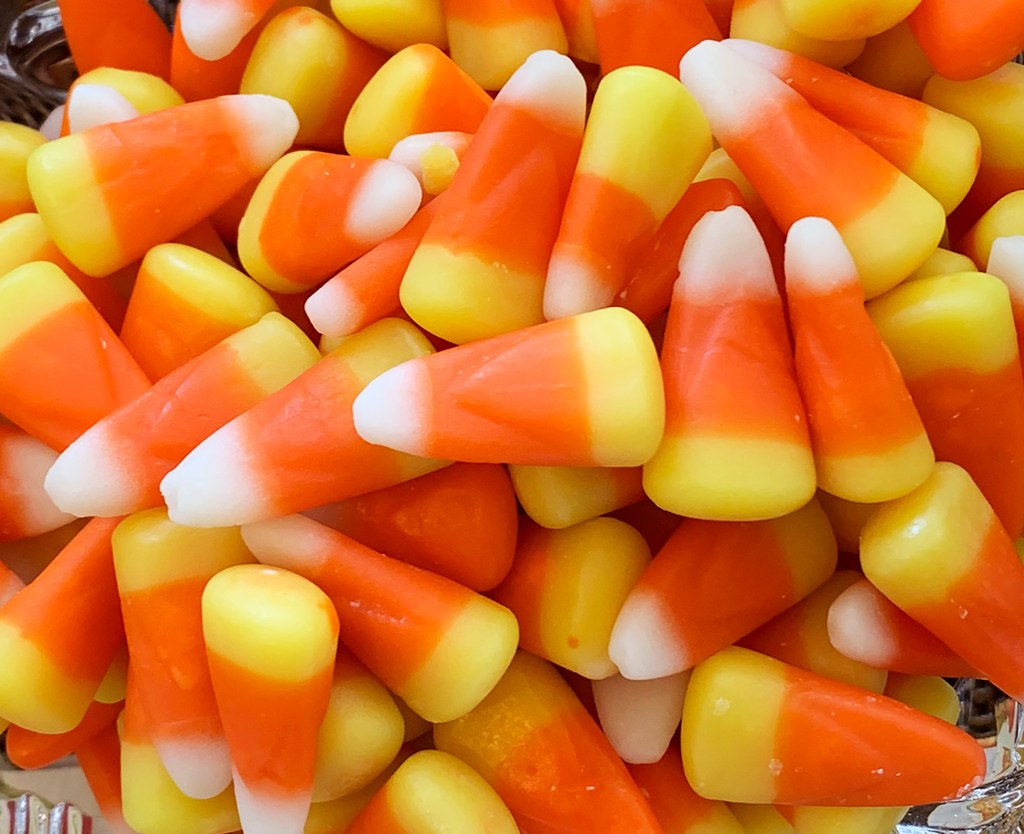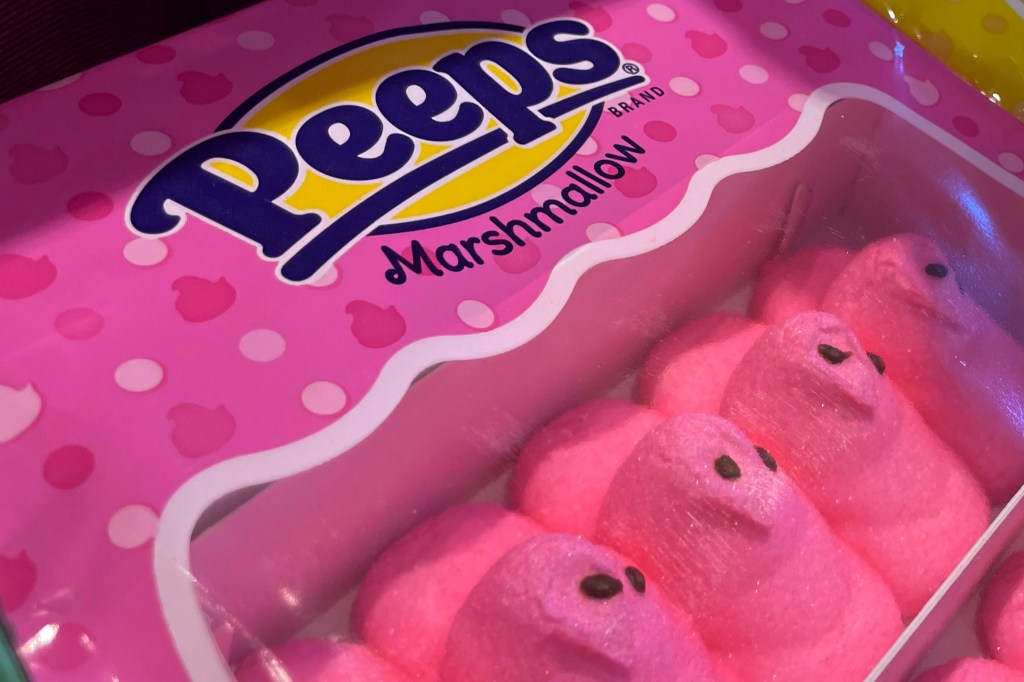You know you said it. We all have. “Mmm, this looks so delicious – I want to try some!” That’s because when it comes to what we eat, it’s not just a matter of taste.
What the foods and drinks look like – the colors we see before the first bites or sips hit our tastes – matters to people for millennia.
And nowhere has it been unclear than the American Food Palace, where the visual spectrum we choose from not only the main colors but also the artificial ones that nature could not even dream of.
For more than a century, food manufacturers in the United States have used synthetic colors in their products as part of their production and marketing efforts.

Often, it has been the hope of making a food produced in the cooler and natural mass, reminiscent of the raw ingredients used in its production.
In other cases, it is about making an item to look interesting or special from competitors, such as candy or cakes in an electric blue or neon pink.
Think of “Blue Raspberry slurpee” or “Flain ‘Hot Cheetos”.
It has not been without controversy.
Over the decades, there has been a rapid and regulation of the Government regulation on how food and drink were painted, recently with the decision last month by the Federal Food and Drug Administration to stop the red color no. 3 of oral foods and medicines because of concerns about a potential risk of cancer. But no one calls for the food to be not colorful.
This is because it has not escaped the importance of what we see when it comes to what we eat, says Devina Wadhera, a faculty collaborator in the College of Integration Sciences and Arts of the State University of Arizona.
“Your first sensory contact. If your eyes are open, it will be sight,” she says. “This will be the first judgment we will make.”
Visual appeal is important
The producers of the late 19th century food knew they had to get the right to a visual appeal. It was part of their marketing, as a short to encourage brand recognition, to make consumers feel at ease for quality and overcome concerns (or realities) about decay while food production was industrialized, he says Hisano, author of “Taste visualization: How business changed the look of what you eat.”
Synthetic colors helped overcome problems like foods that lose color in the production process and helped make foods look more “natural”, she says.

Then, over time, the colors were set to make the food look “fun” and attractive to the audience as young children. (This does not mean that manufacturers sometimes do not use dyes that can even be deadly – hence the reason for regulation.)
It showed in the mid-20th century the example of cake mixtures, which reduced the amount of effort required to bake a cake at home because most ingredients were already involved.
Food companies began to promote colorful cakes for cakes, as a way that women mature at home “can present their personality even though they are making a predetermined cake,” says Hisano.
We are conditioned to color
The links we make between colors and foods are taught, says Wadhera. “Throughout our lives, we do associations which means things.
The cake is associated with birthdays. Ice cream is associated with good parties and times, so everything is the accompanying lesson.
Color is one of those things that we have this tendency to learn about different fragrance pairs. “
It set an example of many products such as chips and other snacks that are marketed as an extra stroke. Often, “they are super red because (companies are) trying to say, ‘hey, this will be spicy” because they are trying to reach this sensation or perception that this will be really spicy – Buy that ”
The links we make between color and taste can also vary by context, says Charles Spence, professor of experimental psychology at Oxford University.
A blue juice in a plastic cup in a bath? It can be washing the mouth of mine.
The exact same color fluid, in a bar, held in a glass of rock? It can be bitter gin.
Different cultures around the world also have different color associations, he says, though it is quite continuous in all geographies that is a more vibrant color, the more intense people assume it will be the aroma.
It can even extend the food itself to the colors involved in its presentation, says Wadhera, showing research showing people who eat different quantities or preferring certain foods related to the colors of the dishes used to serve them.
And most of the time, she says, people are not necessarily aware that they are doing it.
“There are many color things that you can manipulate and influence judgments,” she says. “You don’t think it, anyway … … We make automatic judgments on food and we don’t even understand it.”
#colors #difference #food #eat
Image Source : nypost.com